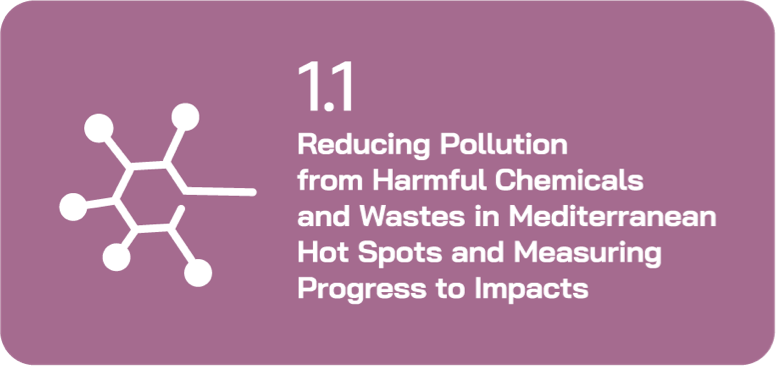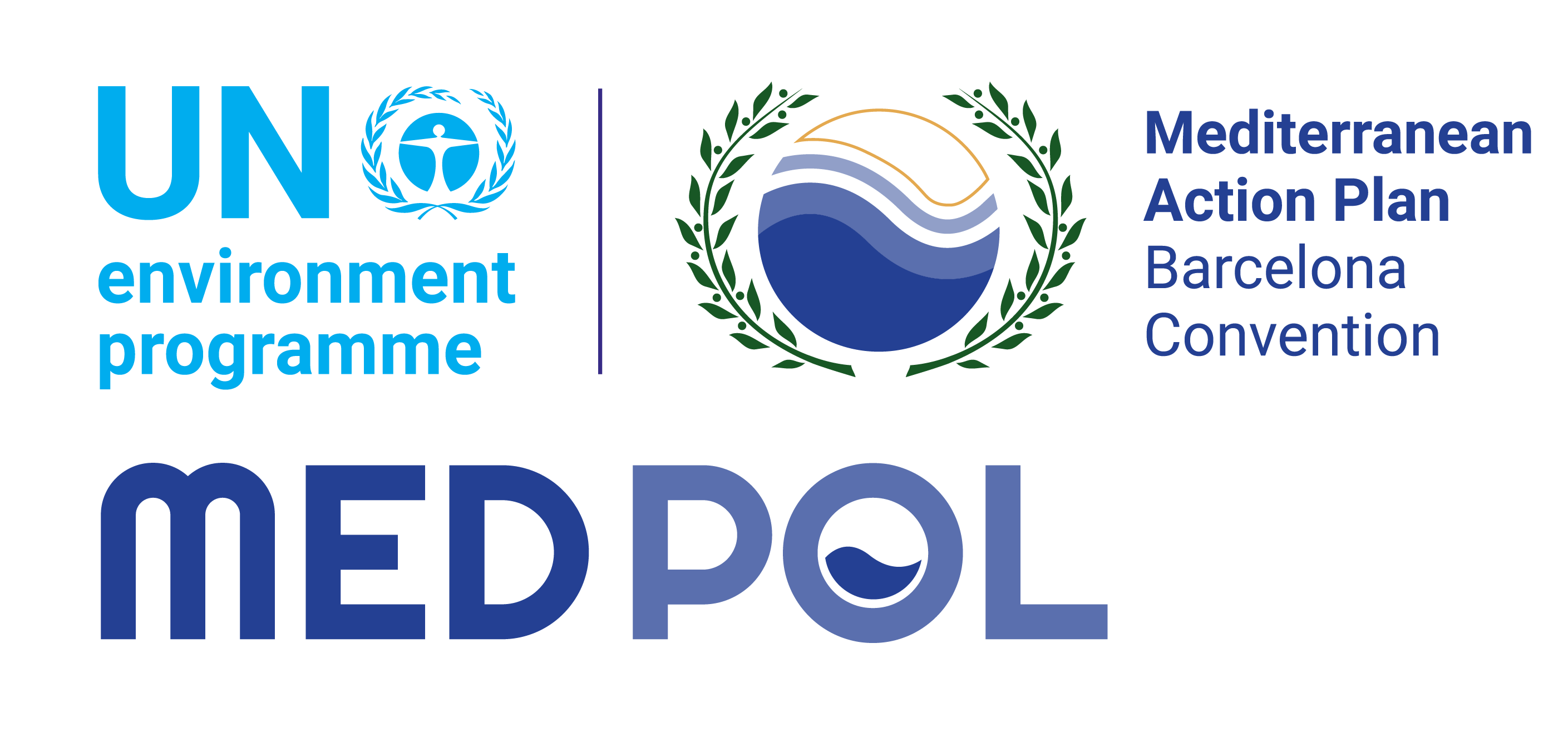GEF Focal Areas
Chemicals and Waste
International Waters
Rationale
CONTACTS
UNEP/MAP MED PCU
Mr. Mohamad Kayyal, MedProgramme Management Officer
E-mail: mohamad.kayyal@un.org
Mr. Ertan Ozturk, Programme Management Officer
E-mail: ertan.ozturk@un.org
MED POL
Mr. Mohamad Kayayl, Programme Management Officer
E-mail: mohamad.kayyal@un.org
MedWaves
Mr. Jordi Moles Matinero, Project Manager
E-mail: jordimoles@gencat.cat
Plan Bleu
Mr. Antoine Lafitte, Deputy Director
E-mail: alafitte@planbleu.org
Environmental pollution load to the Mediterranean Sea occurs from land-based sources due to unsound management, transport and disposal of oil, equipment or products containing persistent organic pollutants (POPs) or mercury (Hg), as well as inadequate sewage collection, treatment, and disposal from several Mediterranean countries. Risks arising from pollutants and hazardous substances often work as threat multipliers, meaning although chemical pollution and hazardous substances have exposure on general populations the ramifications and long-term effects of these conditions vary in magnitude.
Identification and assessing major environmental pollution trends are necessary to assess progress to impacts. Using the Transboundary Diagnostic Analysis (TDA) is a scientific and technical assessment, through which the water-related environmental issues and problems of a region are identified using offshore monitoring strategies and offshore monitoring stations to analyze causes and their environmental and economic impacts.
In order to address these problems, Child Project 1.1 contributes to the MedProgramme Component “Reduction of Land-Based Pollution in Priority Coastal Hotspots and measuring progress to impacts”. The project focuses on two GEF focal areas, namely Chemicals and Waste, by addressing issues related to the Stockholm Convention, and the Minamata Convention on Mercury, and International Waters. The Child Project complements activities and actions implemented under Child Projects 1.2 which focuses on wastewater as a source of excess nutrient pollution to the Mediterranean, and CP 1.3 which seeks to accelerate investments in wastewater treatment and POPs elimination and reduction. Child Project 1.1 aims to achieve measurable Global Environmental Benefits (GEBs) through final disposal and prevention of POPs and mercury.
Components and Outcomes
Chemicals and Waste: Reduction of wastes and hazardous chemicals (POPs and mercury) in coastal hotspots and catchment areas.
International Waters: Littoral countries enabled to identify trends and progress to impacts.
Monitoring and Evaluation and information dissemination: Project results and knowledge are effectively disseminated and used to adaptively manage the project and International Waters components of the project.
Involved Countries














